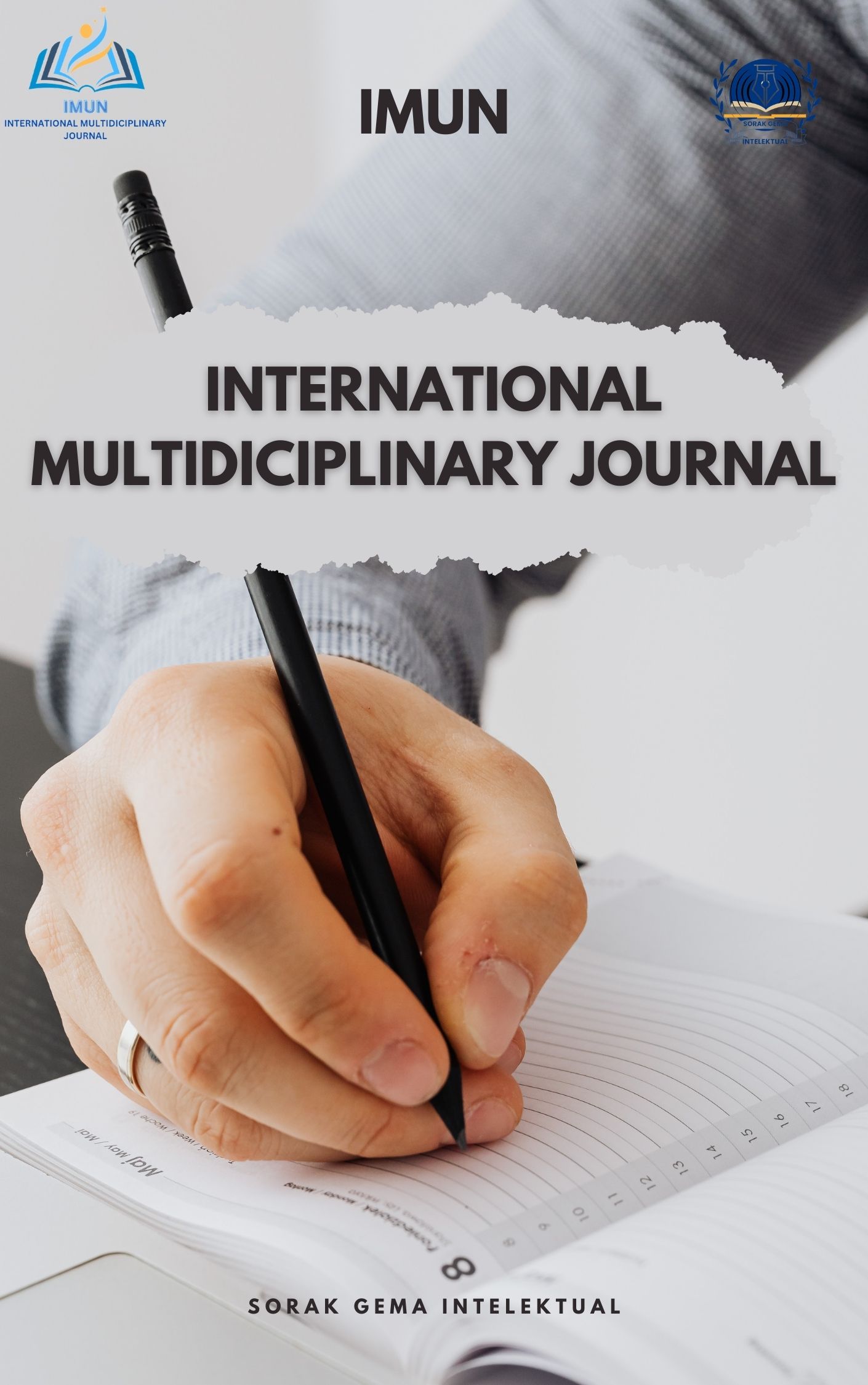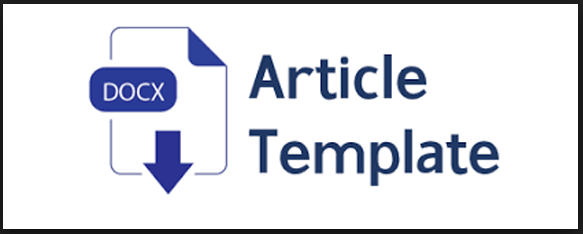Analyzing Prepositional Errors in Place Usage in the Writing of Seventh Grade Students at SMP Budi Murni 2
Keywords:
Error Analysis, Writing, PrepositionAbstract
English language has four skills which are speaking, writing, reading and listening. Indonesian language learners consider writing skill is the most difficult in English, they tend to do errors when they write. The objectives of this writer were 1) to find out the types of errors of preposition of place in writing made by eleventh grade students of SMP Budi Murni 2 (2) to find out the dominant type of error of preposition of place in writing made by eleventh grade students of SMP Budi Murni 2. This research was a descriptive qualitative writer which was describing the reality behind the phenomenon statically and descriptively. The sample was 30 students taken from 87 number of populations by using simple random sampling. To collect the data of this writer, the writer the instrument of collecting data for this writer was the composition. The students choose one of the following these topics: My Holiday, My favourite place, and My favourite room, in ninety minutes. This research analyzed the students’ writing based on types of error. This writer revealed: The eleventh-grade students of SMP Budi Murni 2 as sample contributed three types of errors on the use of preposition of place in their writing, those were, (1) omission of preposition (9.72%), (2) insertion of preposition (31.95%), and (3) selection of incorrect preposition (58.33%). The writer concluded the dominant type of error of this writer was error of selection of incorrect preposition with the percentage 58.33% and the occurrence 42.
Downloads
Published
Issue
Section
License
Copyright (c) 2024 Hesron Ginting, Andreas Simanjuntak (Author)

This work is licensed under a Creative Commons Attribution 4.0 International License.
You are free to:
Share — copy and redistribute the material in any medium or format for any purpose, even commercially.
Adapt — remix, transform, and build upon the material for any purpose, even commercially.
The licensor cannot revoke these freedoms as long as you follow the license terms.
Under the following terms:
Attribution — You must give appropriate credit , provide a link to the license, and indicate if changes were made . You may do so in any reasonable manner, but not in any way that suggests the licensor endorses you or your use.
No additional restrictions — You may not apply legal terms or technological measures that legally restrict others from doing anything the license permits.
Notices:
You do not have to comply with the license for elements of the material in the public domain or where your use is permitted by an applicable exception or limitation .
No warranties are given. The license may not give you all of the permissions necessary for your intended use. For example, other rights such as publicity, privacy, or moral rights may limit how you use the material.



